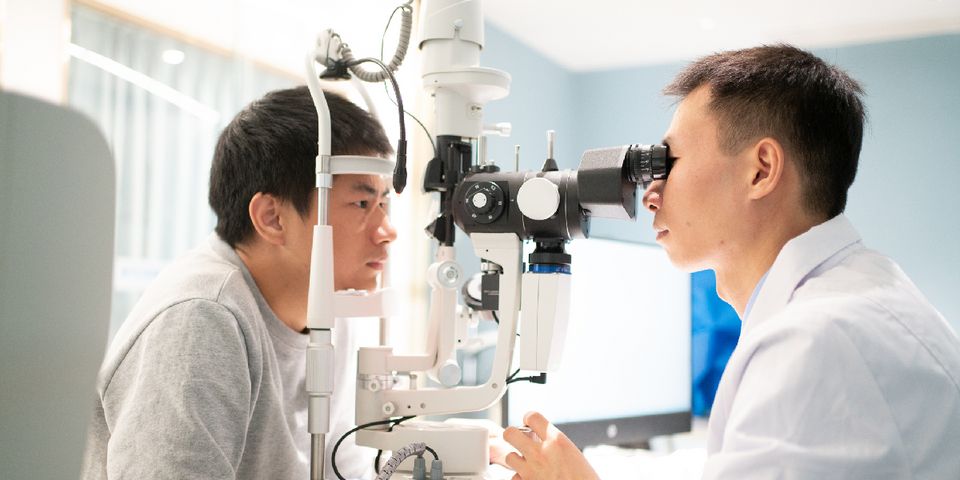
Peripheral vision is an often overlooked but essential ability of the human eye. It can get lost due to particular health conditions, and you should consult an eye doctor as soon as you notice any trouble. If you want to maintain optimal ocular wellness and avoid problems with your peripheral vision, here’s what to know.
An Introduction to Peripheral Vision
What does peripheral vision entail?
Peripheral vision is that which falls outside of the central field of the visual organ. This ability allows you to detect objects on the side without redirecting the eyes or moving the head. It’s produced by rods and nerves outside the macula—the part of the retina that processes information in the primary field of vision.
How wide is the field of peripheral vision?
A typical human vision range covers a 170-degree arc to the front of the eye. Peripheral sight covers 100 degrees of this span, although the level of detail is typically much lower than that of the central field. It’s further divided into three sub-zones:
- Near-Peripheral: 18 to 30 degrees of the visual field.
- Mid-Peripheral: 30 to 60 degrees of the visual field.
- Far-Peripheral: 60 to 100 or 110 degrees of the visual field.
What causes the loss of peripheral vision?

Several conditions can lead to problems with your peripheral vision, including minor injuries and major illnesses. For example, head trauma can lead to temporary loss, as can persistent headaches or migraines and detached retinas.
Serious eye conditions like glaucoma, cataracts, and retinitis pigmentosa are commonly marked by peripheral vision loss. If you notice this ability failing, consult an eye doctor to determine whether you’re at risk of these problems.
Can peripheral vision be restored after loss?
Whether it’s possible to restore lost peripheral vision depends on the nature and extent of the injury or illness causing it. If you have a detached retina, surgery can be necessary for recovery. In this case, you could regain peripheral vision as the eye heals. Alternatively, dietary and lifestyle changes can help recover this ability if impaired by glaucoma or another persistent condition.
If you’ve recently experienced a loss of peripheral vision, contact the team at Blue Earth Valley Eye Clinic. Working from offices in Blue Earth and Winnebago, MN, these eye doctors use the latest equipment to diagnose a wide range of ocular conditions and draw on extensive experience and training to recommend effective treatments. Call (507) 526-2222 to schedule an appointment, and visit their website to learn more about their services.
About the Business
Have a question? Ask the experts!
Send your question

